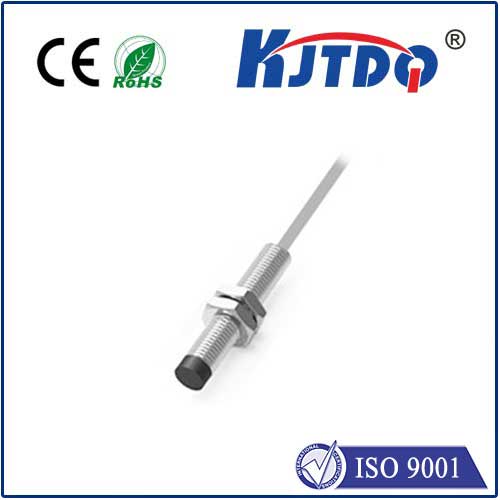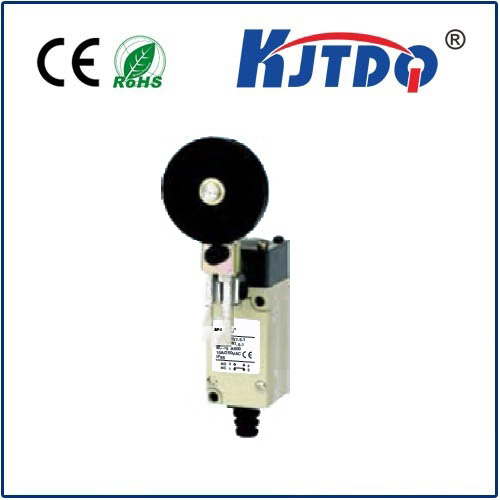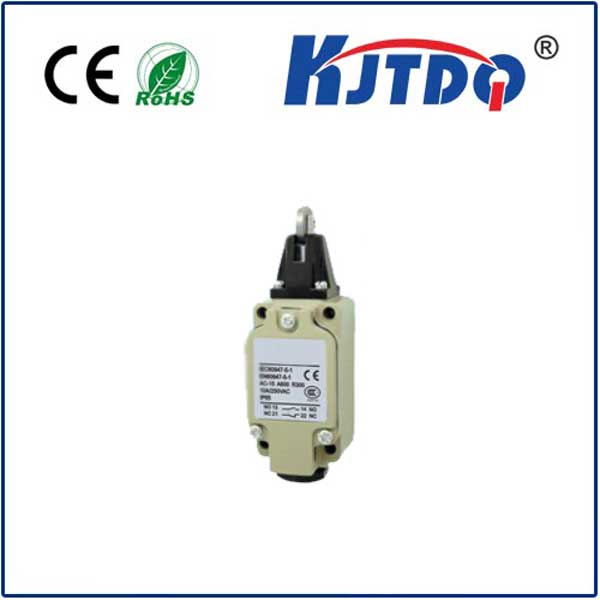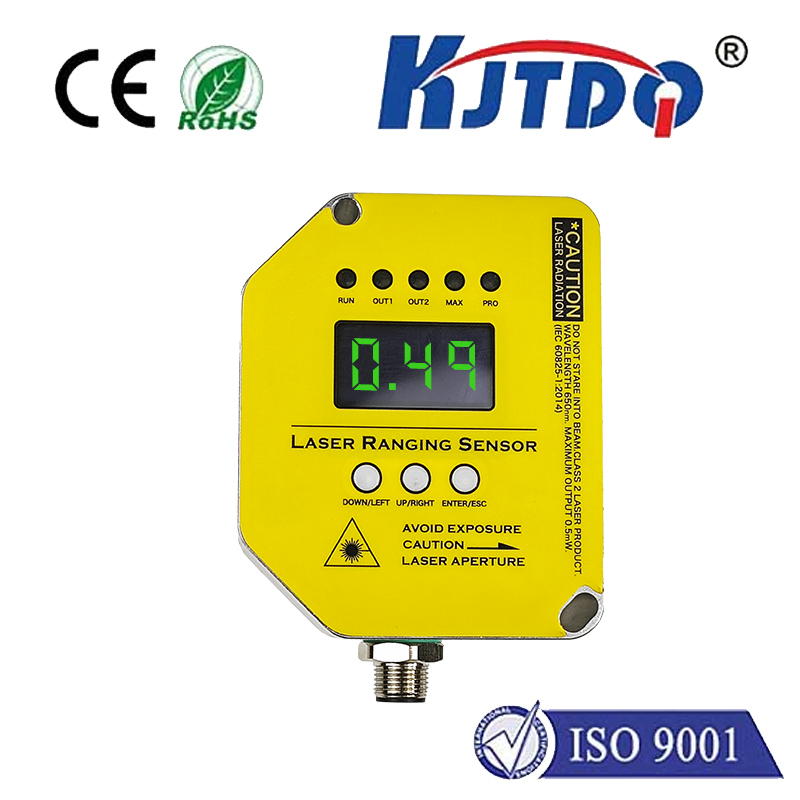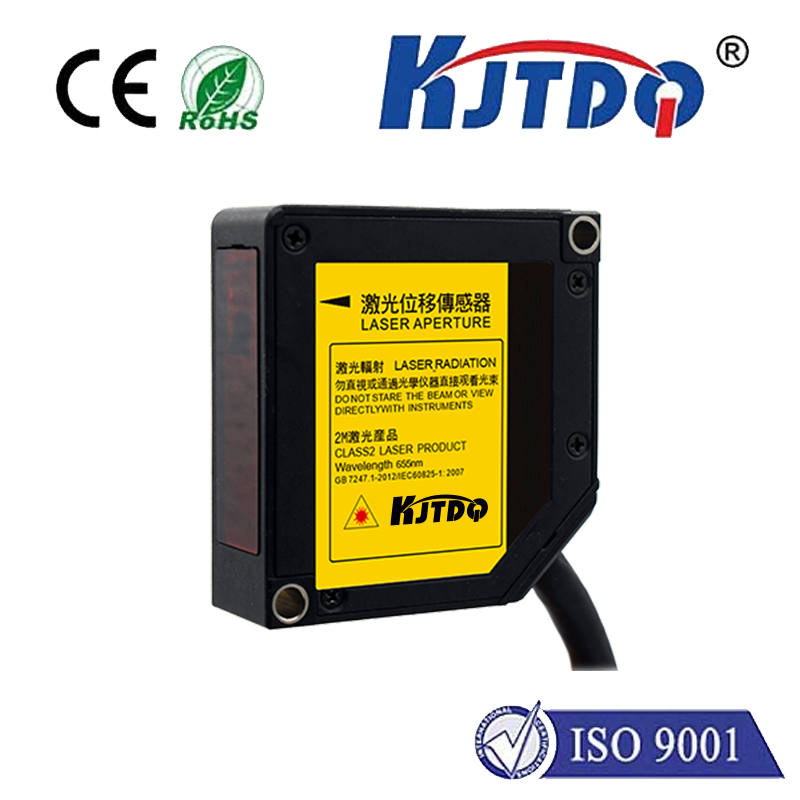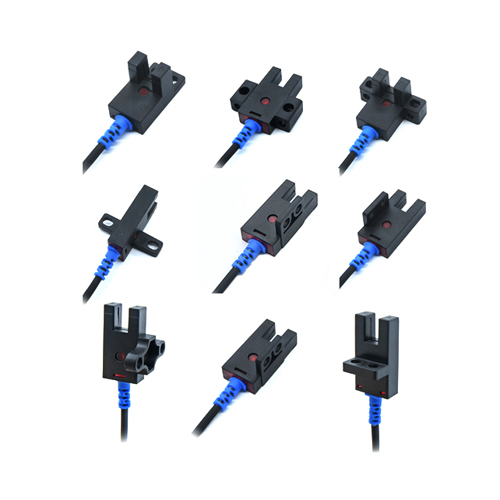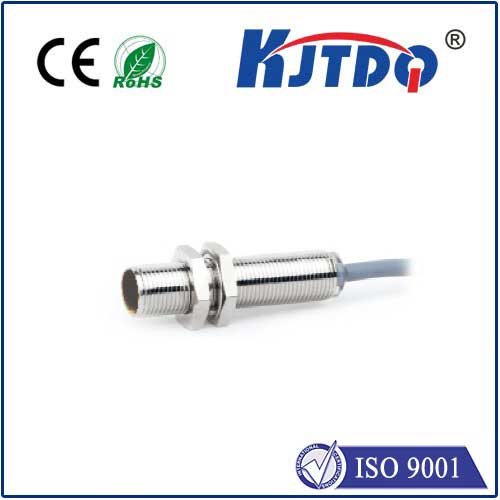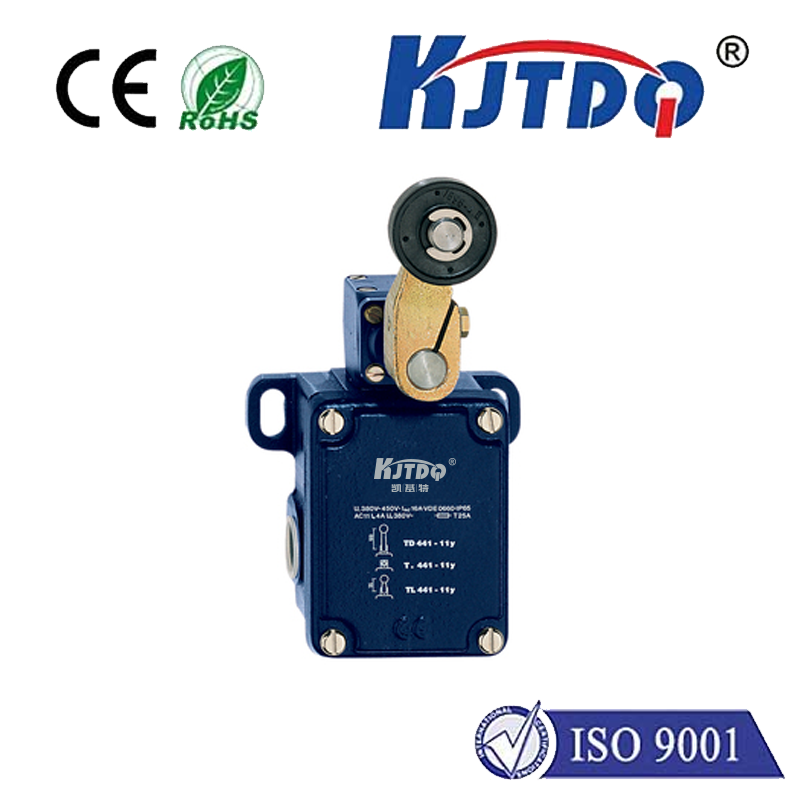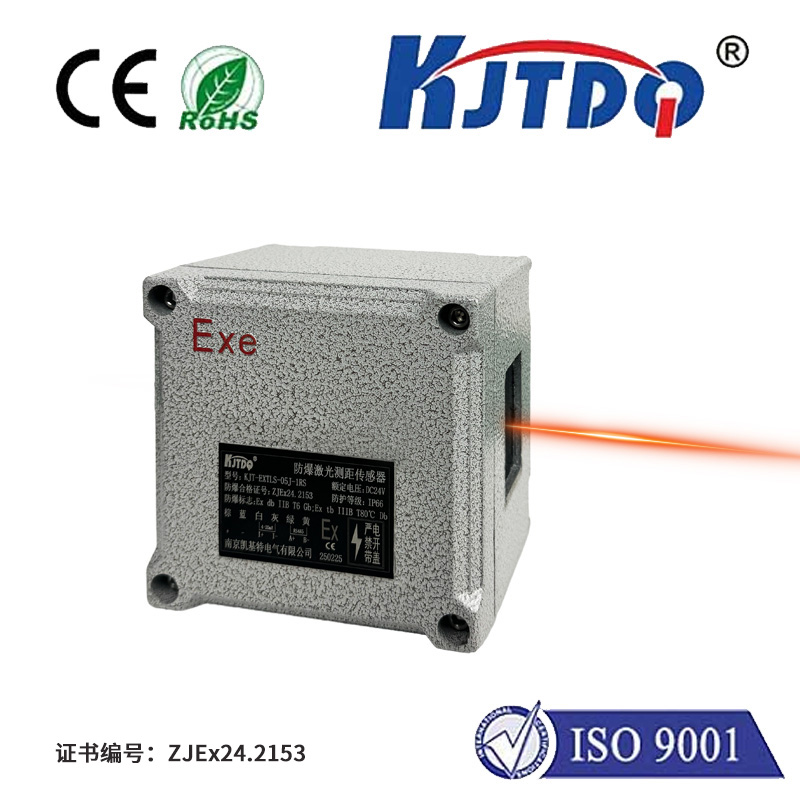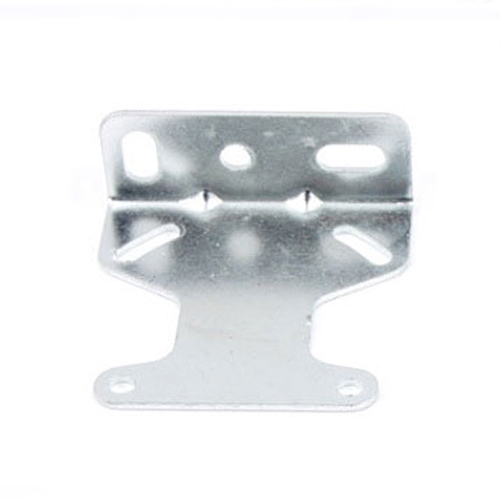

check

check

check

check
Title: Enhancing Print Quality with 3D Printer End Stop Switch
Introduction
3D printing technology has revolutionized the manufacturing industry, offering numerous benefits such as cost-effectiveness, flexibility, and customization. However, the quality of printed objects can be affected by various factors, including print speed, temperature control, and extrusion rate. One critical component that helps optimize these variables is the end stop switch. In this article, we will explore how using an end stop switch in a 3D printer can enhance print quality and improve your overall print experience.
Understanding End Stop Switches
An end stop switch is a simple yet powerful device that controls the movement of the 3D printer's extruder when it reaches its limit. It acts as a threshold that prevents the extruder from moving further once the material has been fully loaded or has reached the desired thickness. By implementing an end stop switch in your 3D printer, you can ensure that the extruder stops at the appropriate point, preventing overextrusion and minimizing defects such as warping.
Enhancing Print Quality
One of the primary advantages of using an end stop switch is that it significantly improves print quality. When the extruder continues to move even after the material has been fully loaded or has reached its desired thickness, it can lead to inconsistent layer heights, bowing, and warpage. By stopping the extruder at the appropriate point, you can ensure that every layer is printed with uniform consistency, resulting in a more polished and professional-looking final product.
Another advantage of using an end stop switch is that it allows for precise temperature control. The extruder's movement is closely linked to the temperature of the nozzle, and any fluctuations can affect the quality of the print. By integrating the end stop switch into your 3D printer's control system, you can ensure that the extruder pauses at the appropriate time to allow the nozzle to cool down before printing again. This results in more accurate and consistent temperatures across the entire print, leading to better adhesion and fewer defects.
Optimizing Print Speed
Using an end stop switch can also help optimize print speed by preventing unnecessary movements of the extruder. When the extruder continues to move even after the material has been loaded or has reached its desired thickness, it can consume valuable time and effort that could be better spent on other aspects of the print process. By stopping the extruder at the appropriate point, you can reduce unnecessary movements and accelerate the printing process while still maintaining high quality standards.
Conclusion
In conclusion, incorporating an end stop switch into your 3D printer can significantly enhance print quality and improve your overall print experience. By controlling the extruder's movement and allowing for precise temperature control, you can produce more consistent layers, reduce defects such as warping and bowing, and optimize print speed without compromising on quality. As more manufacturers adopt this technology, we can expect to see even greater improvements in the future of 3D printing.
